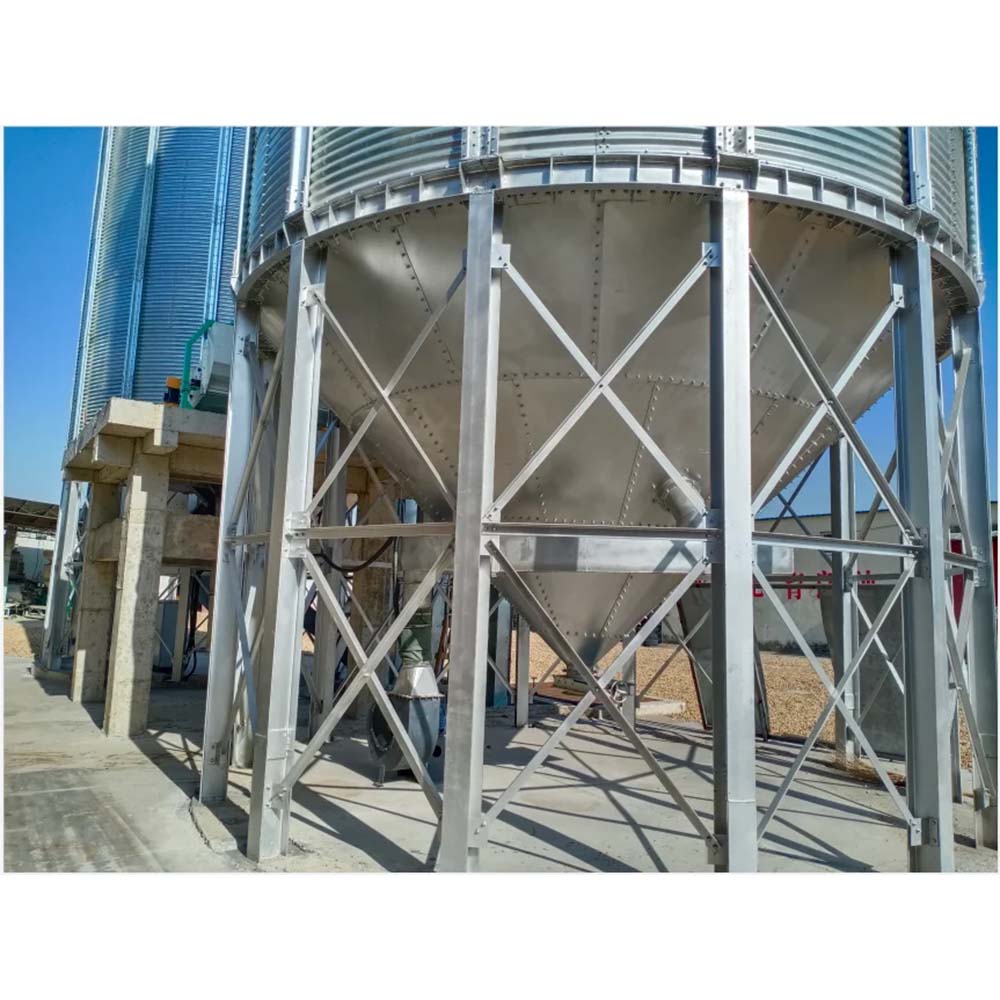High-Efficiency Poultry Feed Pellet Production Equipment for Optimal Livestock Nutrition
Oct . 21, 2024 23:52 Back to list
High-Efficiency Poultry Feed Pellet Production Equipment for Optimal Livestock Nutrition
The Importance of Poultry Feed Pellet Machines in Modern Agriculture
In the realm of modern agriculture, poultry farming plays a crucial role in meeting the growing demand for meat and eggs. As the industry evolves, the need for efficient and high-quality feed has become increasingly important. One of the significant advancements in this area is the development of poultry feed pellet machines, which have revolutionized how feed is produced and distributed.
Poultry feed pellet machines are specialized equipment designed to convert raw feed ingredients into pellets, which are then used to feed chickens, ducks, turkeys, and other poultry. The process of pelleting feed offers several advantages over traditional feed forms, such as mash or crumbles. Pelleting increases the feed's density, making it easier to transport and store while minimizing wastage. Moreover, pellets can help in reducing feed dust, which not only lowers the chances of respiratory issues in poultry but also enhances overall feed intake.
Benefits of Pelleted Feed
One of the primary benefits of using pelleted feed in poultry farming is the improved digestibility provided by the pelleting process. When feed is subjected to heat, pressure, and moisture, it undergoes a transformation that makes nutrients more bioavailable to the birds. This results in better growth rates and feed conversion ratios, ultimately leading to enhanced production efficiency. Farmers can achieve optimal weight gain while utilizing less feed, thereby lowering overall costs.
Additionally, pelleted feed is beneficial in preventing selective feeding, a behavior many poultry species exhibit when given a choice between feed types. By providing a uniform pellet size, poultry are encouraged to consume all the nutrients without being able to pick and choose their preferred ingredients, which can lead to nutritional imbalances.
The Functionality of Poultry Feed Pellet Machines
Poultry feed pellet machines come in various types and sizes, catering to the specific needs of different poultry operations, from small backyard farms to large commercial enterprises. These machines consist of several components, including a conditioner, pellet die, and roller assembly. The conditioner pre-treats the raw materials by adding steam and moisture, enabling the feed particles to bind together during the pelleting process.
poultry feed pellet machine

The die is a critical component where the actual pellet formation takes place. Feed materials are forced through holes in the die under high pressure, which shapes them into uniform pellets. Different die sizes can be used to produce pellets of varying diameters, catering to the dietary needs of different poultry species and ages.
After the pelleting process, it is essential to cool and dry the feed. This step helps in increasing the shelf life of the pellets, as moisture can lead to spoilage and the growth of molds. Proper storage further ensures that the nutritional quality of the feed remains intact, allowing farmers to feed their birds with healthy and safe feed.
Investment and Return on Investment
Investing in a poultry feed pellet machine can seem substantial, especially for new entrants in the poultry industry. However, the long-term benefits often outweigh initial costs. The ability to manufacture feed on-site not only enhances the quality of the feed but also provides significant savings. Farmers can create their own feed formulations that cater specifically to the nutritional requirements of their poultry, potentially improving growth rates and overall productivity.
Lastly, with the increasing trend towards sustainability, having a poultry feed pellet machine allows farmers to utilize leftover grains, by-products, and other locally sourced ingredients, contributing to a more sustainable feed production process. This practice not only reduces costs but also minimizes waste, supporting environmental conservation efforts.
Conclusion
In conclusion, poultry feed pellet machines are an indispensable component of modern poultry farming. By facilitating the production of high-quality pelleted feed, these machines enhance feed efficiency, reduce waste, and ultimately contribute to better poultry health and productivity. As the industry continues to grow and evolve, the importance of these machines will only increase, making them a wise investment for poultry farmers aiming for success in a competitive market. Embracing technology in feed production is no longer an option but a necessity in the pursuit of sustainable and profitable poultry farming.
-
Hot Sale 24 & 18 Door Rabbit Cages - Premium Breeding Solutions
NewsJul.25,2025
-
Automatic Feeding Line System Pan Feeder Nipple Drinker - Anping County Yize Metal Products Co., Ltd.
NewsJul.21,2025
-
Automatic Feeding Line System Pan Feeder Nipple Drinker - Anping County Yize Metal Products Co., Ltd.
NewsJul.21,2025
-
Automatic Feeding Line System - Anping Yize | Precision & Nipple
NewsJul.21,2025
-
Automatic Feeding Line System - Anping Yize | Precision & Nipple
NewsJul.21,2025
-
Automatic Feeding Line System-Anping County Yize Metal Products Co., Ltd.|Efficient Feed Distribution&Customized Animal Farming Solutions
NewsJul.21,2025






